’Royals’ (2011) by Lorde
This song was made by a 15-year-old Lorde in what she says was “less than half an hour.” In a fun mix of rap and pop, the sounds of vanguard swagger and muted electronics get entangled with each other and create something new.
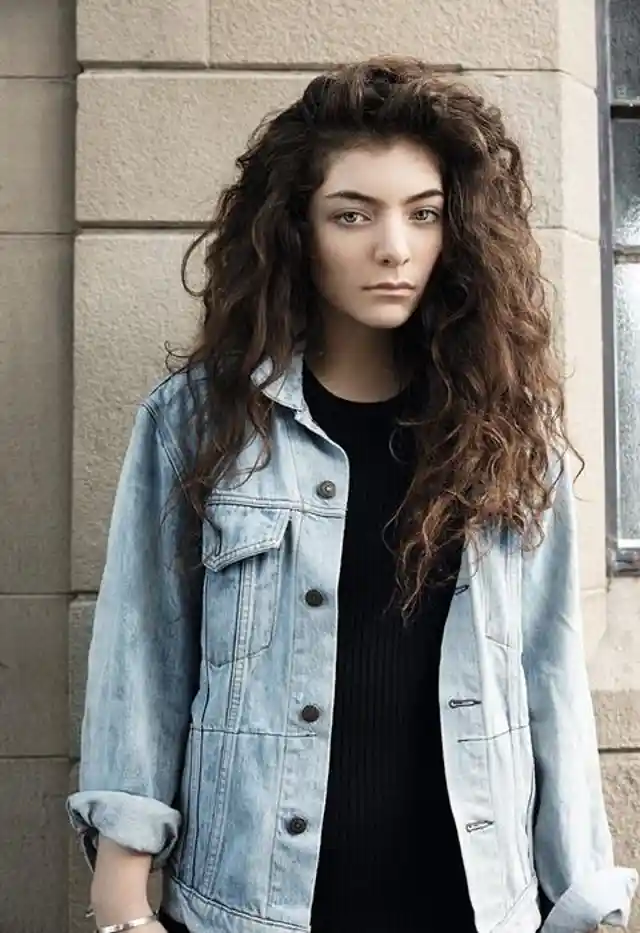

The central theme of ‘Royals’ lies in humbleness and the impossibility of the working class to become something without outside help. Moreover, Lorde pokes fun at the lavish lifestyle of many of her contemporaries and what people consider normal.
‘Nuthin’ but a ‘G’ Thang’ (1992) by Dr. Dre feat. Snoop Dog
Considered an inimitable kickback classic, Dr. Dre’s debut solo single broke the mold for what Gangsta rap was thought to be. After the demise of N.W.A., one of the most famous gangsta rap groups of all time, Dr. Dre was able to find his footing with a bit of help from Snoop Dog.

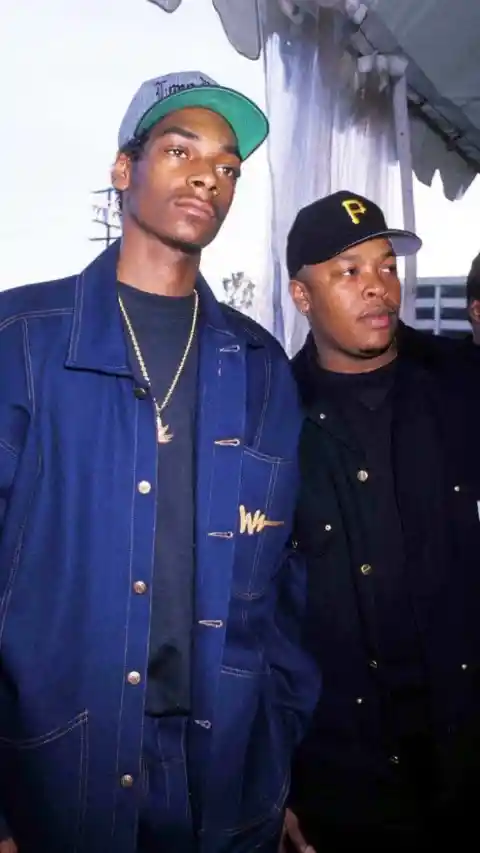
The curious thing about this single is that Snoop Dog’s parts were actually recorded from a phone because the rapper was in prison at the time. If you listen to it attentively, you can clearly hear jail sounds in the background.
‘Once in a Lifetime’ (1980) by Talking Heads
The band had a lot of difficulties bringing the song to life. At first, Brian Eno, producer and co-writer, wanted to ditch the song because it was too complicated and existential for a broad audience to relate to.
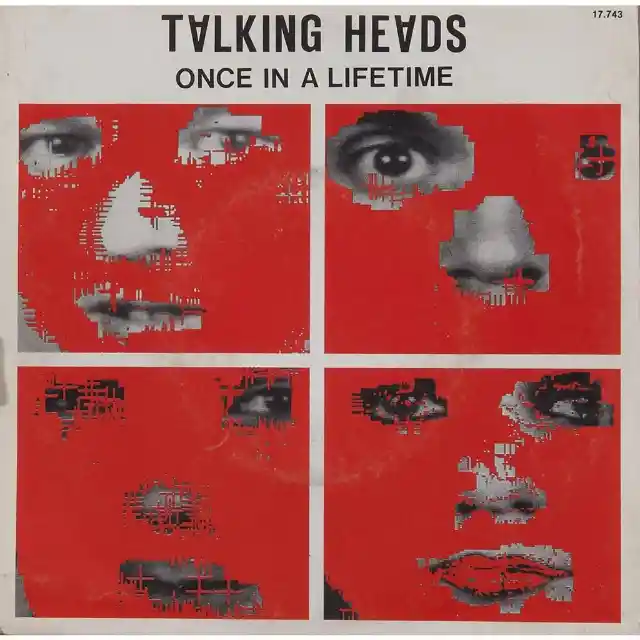
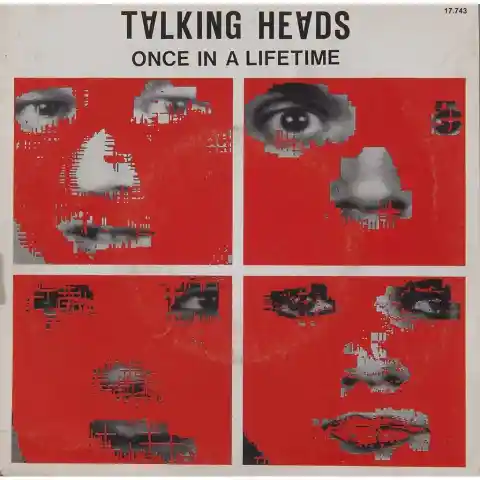
Luckily, David Byrne performed his famous monologue “Same as it ever was,” which sharpened the song's message about questioning identity and reality. The central purpose of this tune is to let us ask ourselves how we got where we are.
‘Born to Run’ (1975) by Bruce Springsteen
Even though this single takes four and a half minutes to end, it took three and a half months to cut and edit. It is one of Bruce’s most ambitious pieces, which, in the end, awarded it a place on this list and in the minds of everyone on the planet.
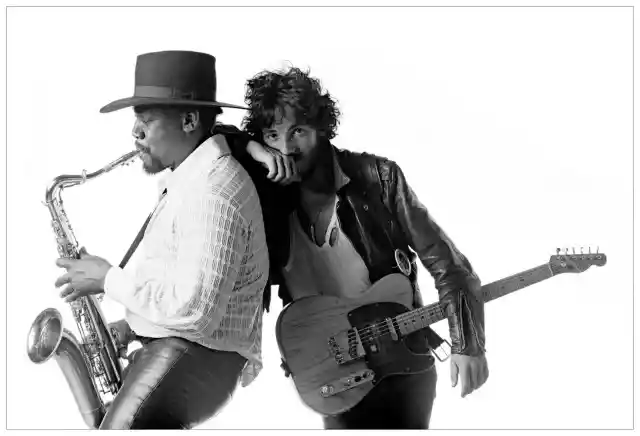
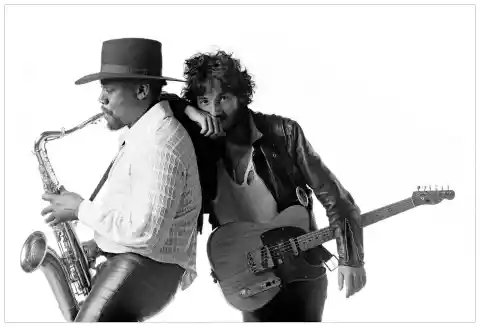
The instruments used for this track included strings, a glockenspiel, and multiple keyboards, making for a harmonious mix of sounds. The lyrics were also a determinant factor in the song’s popularity because they tell the story of young love, something universal and relatable to most people.
‘A Case of You’ (1971) by Joni Mitchell
The melancholy song deals with heavy-hitter topics, like conflicted feelings and entangled identities. Joni’s experiences with men were merged together to create the male character in the song.
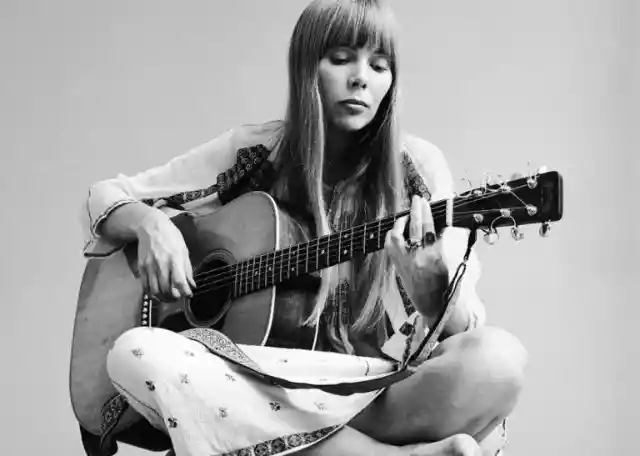
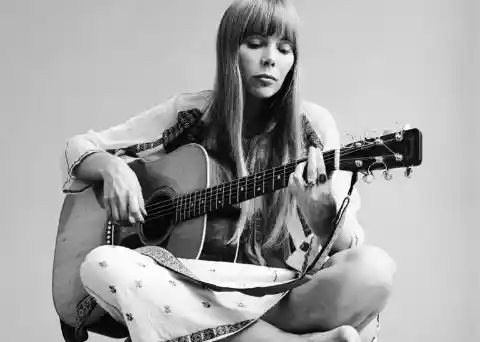
Even though she had consistently said she loved this song, she has named it a sort of “doormat song” in recent years, which is a mere introduction to her art. However, the song became even more popular after Prince covered it.
‘Runaway’ (2010) by Kanye West feat. Pusha T
After the controversy with Taylor Swift, West’s career was in the dumps. His public image was at an all-time low, and the press was ravaging his private life. So, he ran away from everything and went to Hawaii to record a new single.
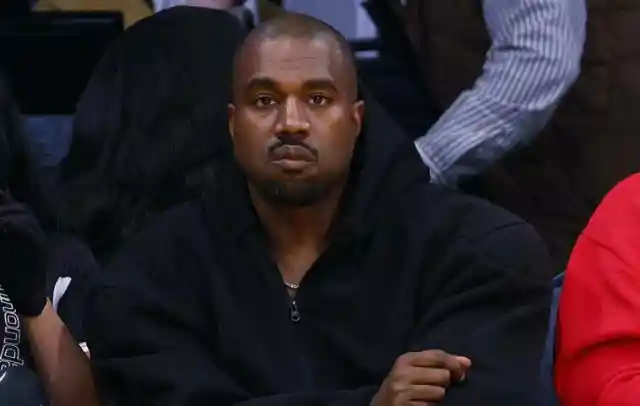
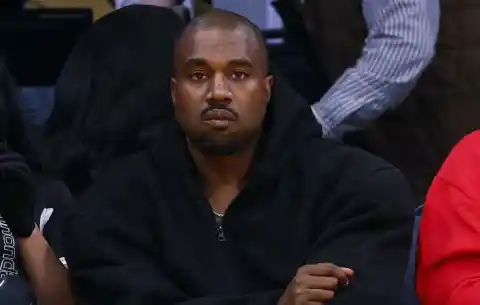
This new song was 9 minutes long and had a lot to say. From self-reflection and intimacy issues to his relationship with society and his fans, ‘Runaway’ was shaped as an introspection. Kanye was so impressed by Pusha T’s verse that he hired him to work for his label.
‘A Day in the Life’ (1967) by The Beatles
One of the last true collaborations between John Lennon and Paul McCartney, ‘A Day in the Life” is a retelling of past victories and losses and a hymn for humanity. Lennon wrote the opening and closing sections, while McCartney did the middle one.
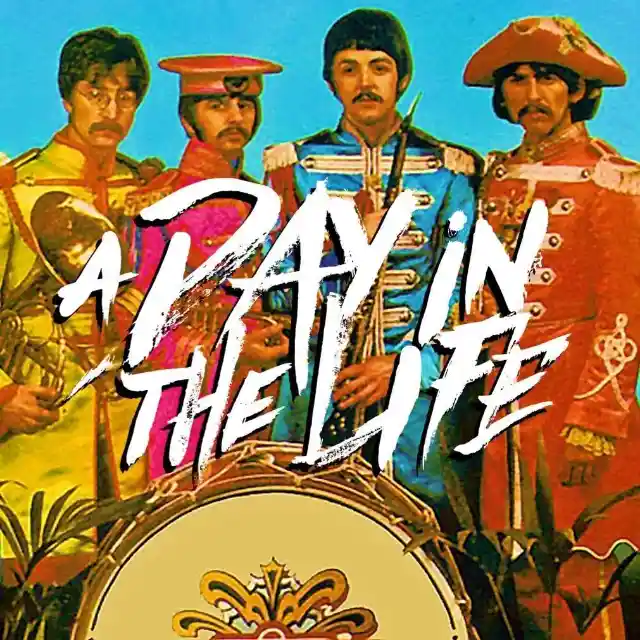

The main anecdote of the recording of the song is that the band hired 40 musicians dressed in tuxedos and funny hats and made them go from the lowest notes to the highest notes in a limited amount of time.
‘Heroes’ (1977) by David Bowie
David Bowie was in a rehabilitation clinic in Berlin when he wrote this song, right after almost overdosing on cocaine. From a window in his room, he was able to see a couple who met by the Berlin Wall under a guard turret.
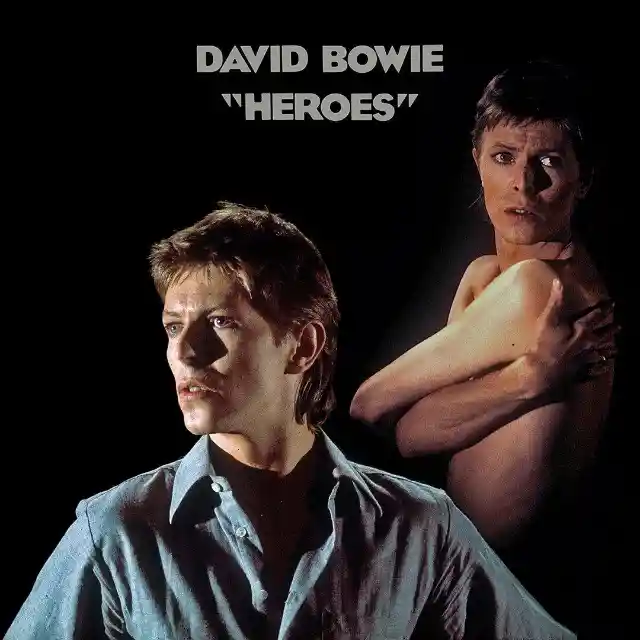
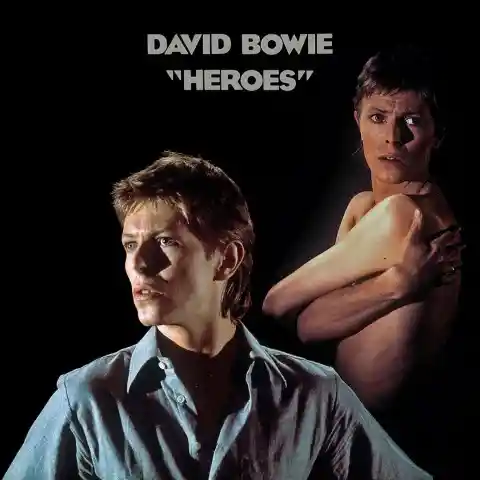
He then created a story that retold what the lovers went through, and it resonated with millions of people all around the world. The music builds up for the first 6 minutes to get enraged and angry by the end, thanks to Eno’s synths and Robert Fripp’s guitar.
‘Be My Baby’ (1963) by The Ronettes
Known as one of the most rehearsed and recorded songs of all time, Phil Spector’s passion bled throughout the whole project. He did 42 takes of the song before he was satisfied, which really got into Ronnie Bennett’s nerves, being the only Ronette to sing on it.
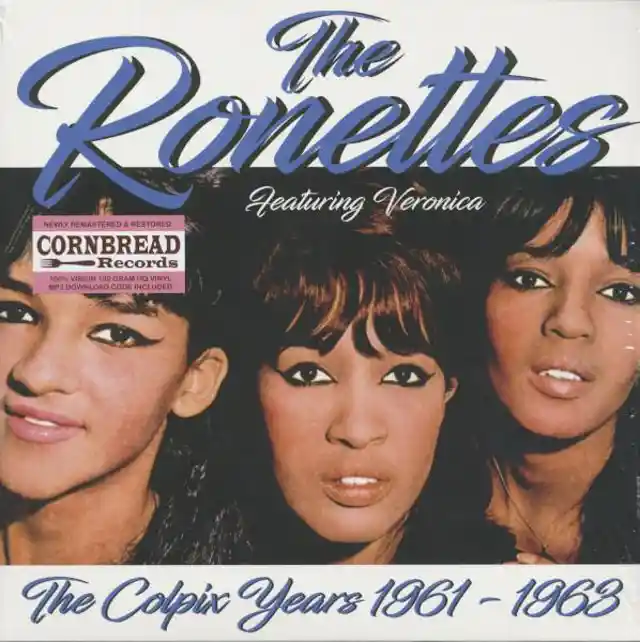

Larry Levine, Spector’s engineer, said at one point, “The things Phil was doing were crazy and exhausting. But that’s not the sign of a nut. That's genius.” He also collaborated with a full orchestra and a young Cher singing the backup vocals.
‘Strange Fruit’ (1939) by Billie Holiday
One of Holiday’s most renowned tracks, ‘Strange Fruit’ did not come into existence as a song at first. The lyrics were written as a poem by a Jewish schoolteacher who lived in the Bronx. Holiday struck a conversation with him and then read the poem he had written. It was immediately clear to her that she needed to let it be known.
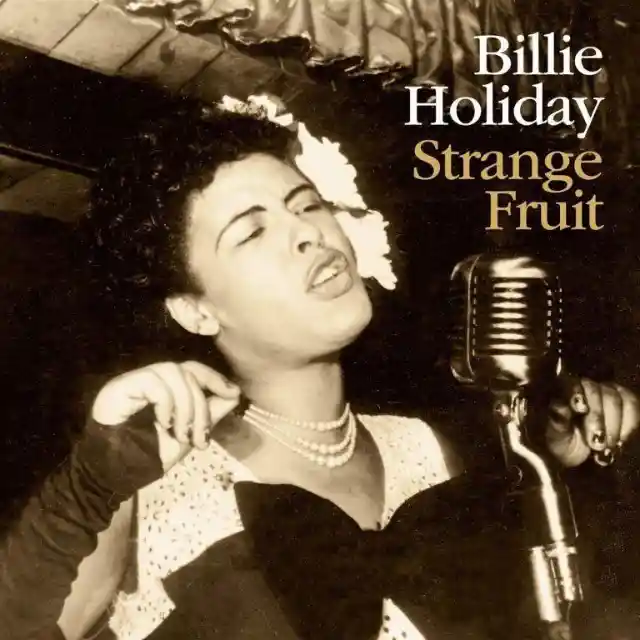
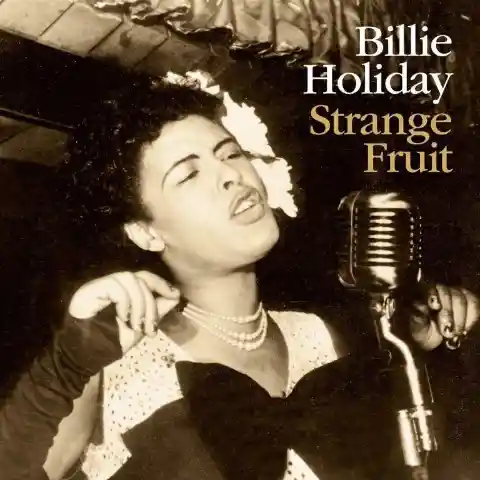
The song evokes the horror of the Southern Antebellum by portraying the objectification of enslaved Black people in the outback times: “Black bodies swinging in the Southern breeze/Strange fruit hanging from the poplar trees.”
‘Dancing on My Own’ (2010) by Robyn
This is a song that, despite the joyous tone of the music, talks about a feeling that we all know too well: overcoming heartbreak. The track written and performed by the Swedish disco queen Robyn marked a new era for pop as well as a new wave of songs about heartache.


This piece of disco art reminds us that even in our lowest moments, we can always find reasons to be happy and have fun. We can always close our eyes, spin around and dance on our own in the corner of the club like nobody's watching.
‘Imagine’ (1971) by John Lennon
One of the most popular songs ever, and the anthem for the first stage of the 2020 Covid-19 pandemic, this song was the pinnacle of simplicity and political messages. It has a simple harmony and powerful words that hit hard.


Yoko Ono said that John wanted to convey that “we are all one country, one world, one people. He wanted to get that idea out.” However, later in his life, John admitted that “Imagine” was as good a song as any of the ones he wrote with The Beatles.
‘Purple Rain’ (1984) by Prince and the Revolution
After collaborating with Bob Seger on the 1999 tour in 1983, Prince got the idea to make a different kind of song, more similar to Seger’s acoustics. He focused on writing a ballad that centered its themes on love, God and purple rain.
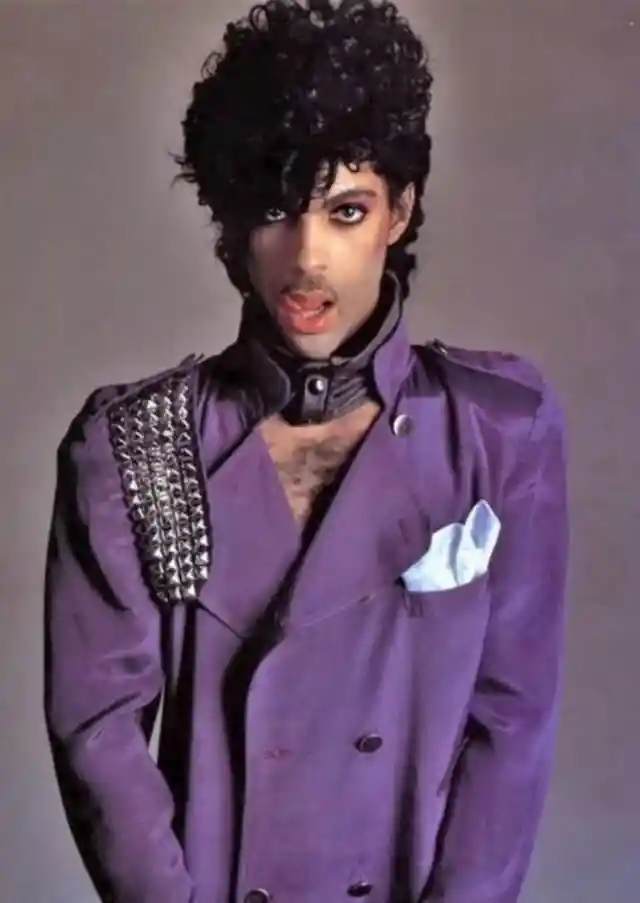
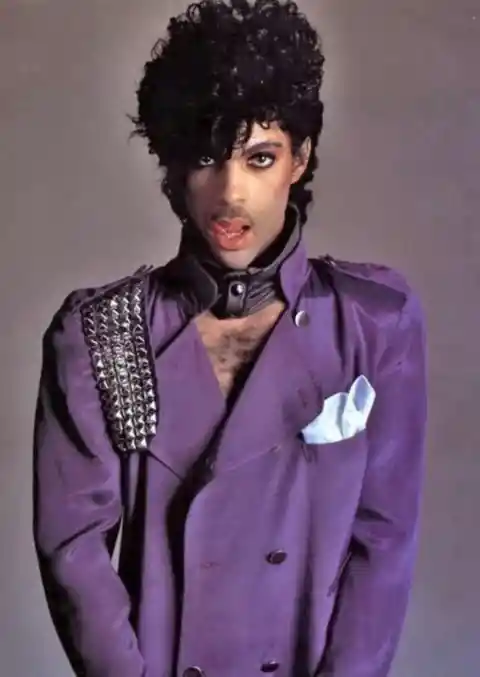
This genre-bending song had sounds belonging to country, rock and even gospel. There were multiple recordings of the song, and the live performance from 1985 has an outstanding duration of 19 minutes.
‘Bohemian Rhapsody’ (1975) by Queen
Of course, Queen was going to be on this list since it is one of the biggest bands in the entire history of music. ‘Bohemian Rhapsody’ is a mix of more than 180 vocal parts, guitar strings, piano keys and a whole lot of sounds that make this everlasting anthem.
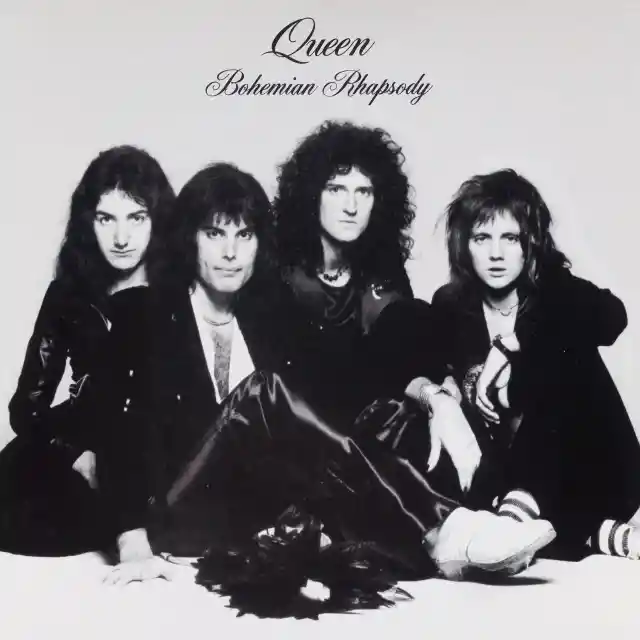
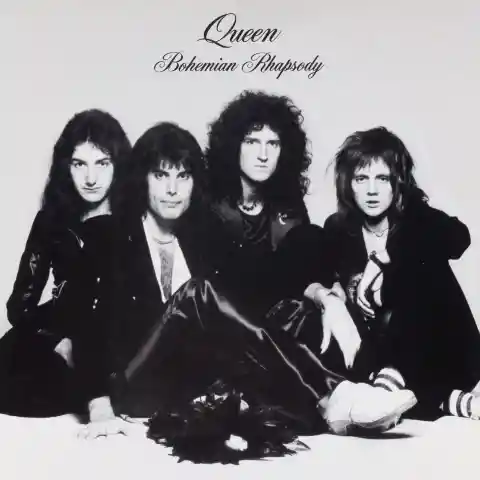
The recording of this song was, allegedly, pure chaos. It is reported that Freddie Mercury just sat down at his piano and started pounding at the keys in a seemingly random fashion, egging his bandmates to follow. What resulted was a beautiful orchestra-like metaphor about the death of oneself that almost everyone can relate to.
‘Crazy in Love’ (2003) by Beyoncé feat. Jay-Z
Being the debut single of Beyoncé’s solo career was not an easy feat, but this song accomplished greatness almost instantly after being recorded. An interesting fact is that the beat was created before the lyrics, which Rich Harrison produced.
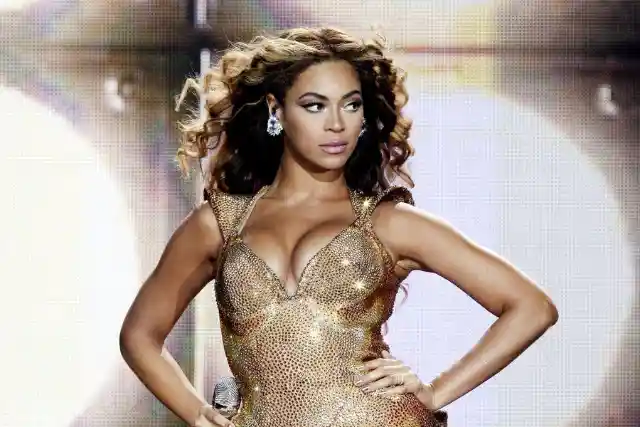
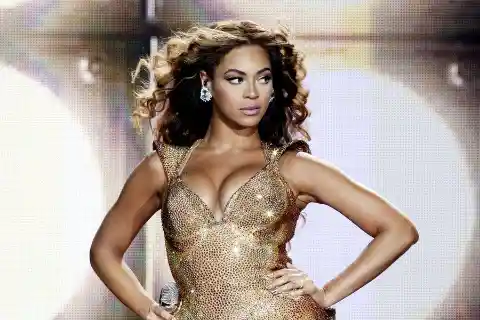
At first, labels were not so sure about the potential of the piece. However, when the Queen B got her hands on it, it was obvious that the song was going to be a hit. Jay-Z’s part was actually added at the last minute, but it brought a lot of swag to the piece.
‘I Want to Hold Your Hand’ (1963) by The Beatles
This instant classic was a sort of dare that the whole group imposed on themselves. The goal of this dare was to produce a Number One record, which would allow them to tour through America.
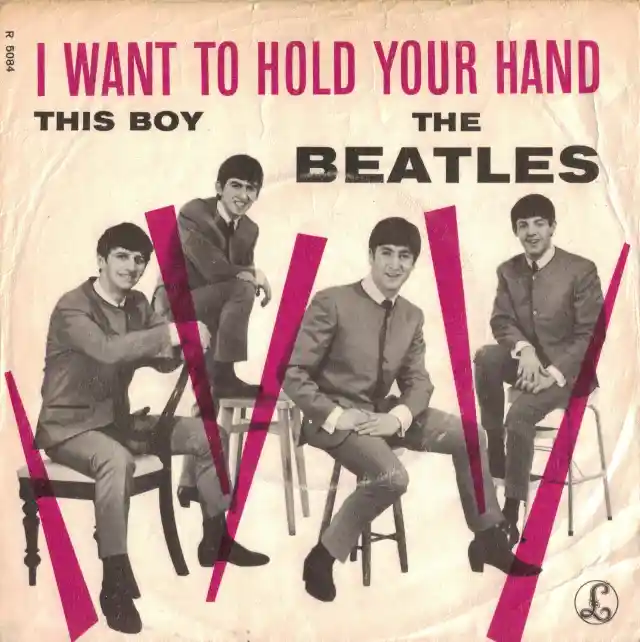
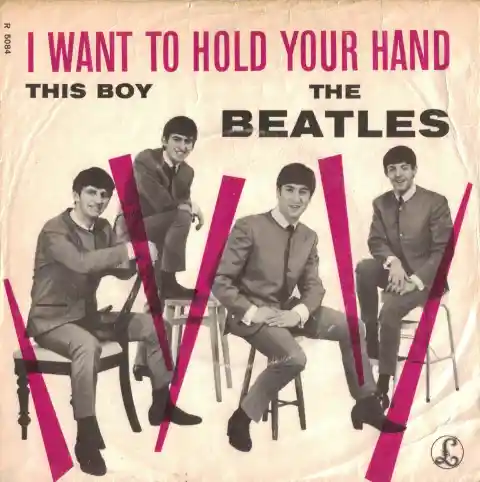
John Lennon and Paul McCartney wrote the song in Jane Asher’s house, McCartney’s girlfriend at the time, and it was an instant success. The erotic and catchy tune granted them the Number One record on February 1st, 1964 and, in celebration, they partied all night.
‘Waterloo Sunset’ (1967) by The Kinks
Ray Davies came up with this song after the buzz that The Kinks’ first album had generated was starting to fizzle down. Against the expectations of getting more rock anthems, fans were surprised by a delicate guitar ballad.
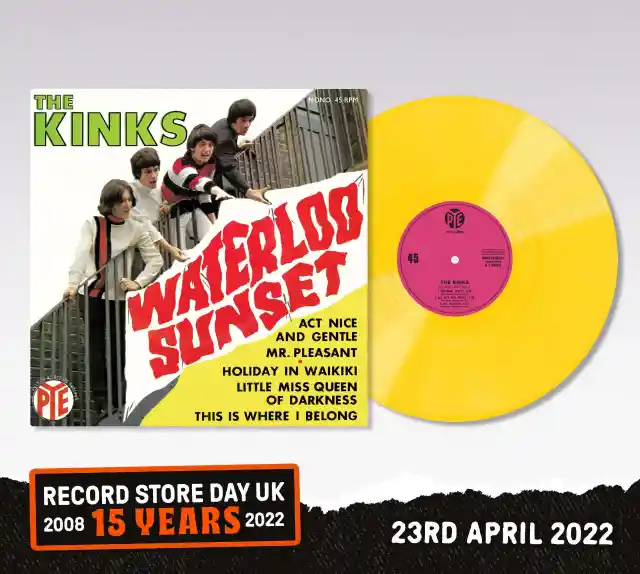
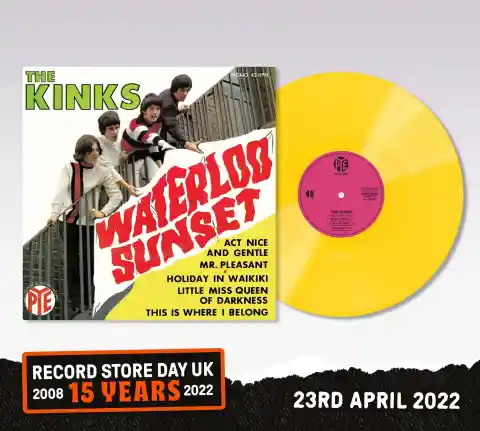
The curious thing is that ‘Waterloo Sunset’ is a dump, according to Davies, but he was able to find beauty in one of the most mundane locations. He was secretive with the lyrics (the other band members didn’t hear the song until rehearsals for recording) because he felt like it was part of his personal diary.
‘Gimme Shelter’ (1969) by The Rolling Stones
This song was referred to as “a kind of end-of-the-world song, really” by Mick Jagger, and it certainly feels like it. With an intro that fills the listener with dread, the electric-acoustic guitar comes into play to take him to another plane.

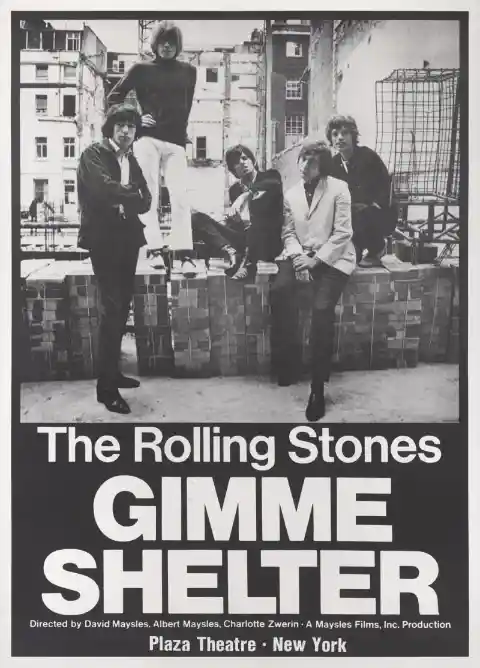
Something that not everyone knows is that the song was written in not more than 20 minutes by no other than Keith Richards. He got inspiration after the murder of Meredith Hunter at the Altamont music festival.
‘Superstition’ (1972) by Stevie Wonder
The musical prodigy debuted this song live while opening for The Rolling Stones in 1972 in an attempt to widen his audience. And boy, did he manage to do it. The song became the first Number One record of many that Wonder got.
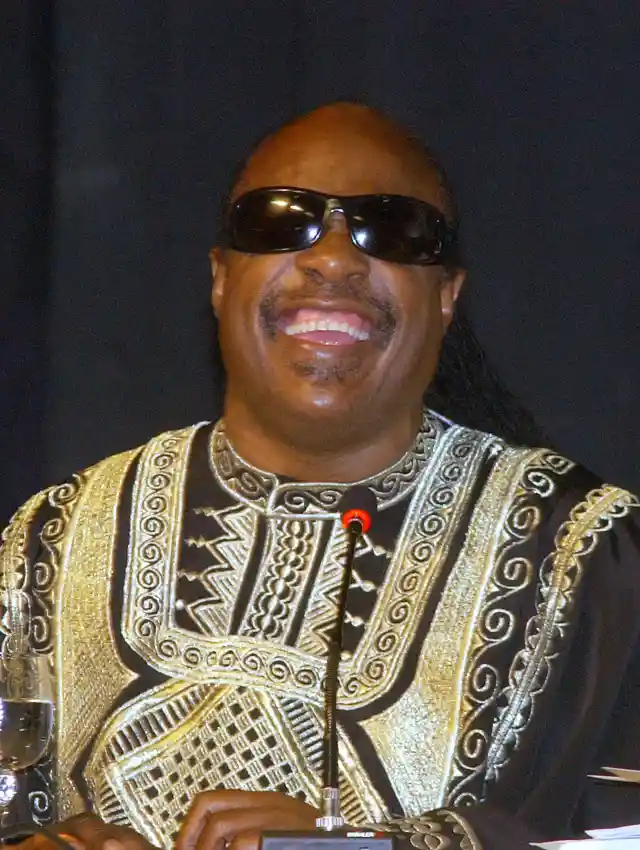
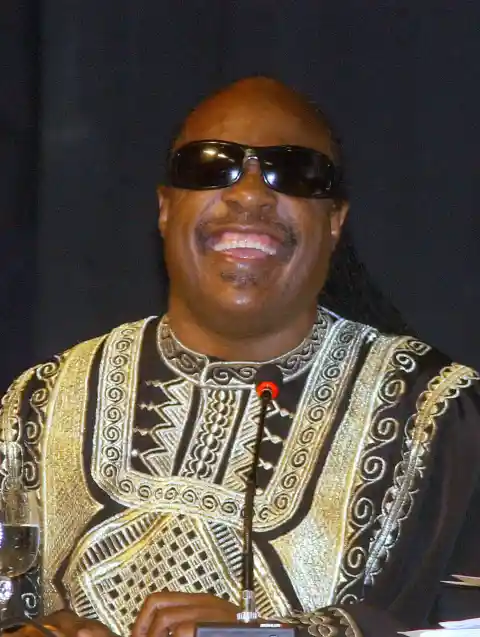
This funky piece was created by Wonder and was originally not supposed to be performed by him. Fortunately, Berry Gordy convinced him to play it as his own, and it became the first single of the album Talking Book.
‘God Only Knows’ (1966) by The Beach Boys
You probably heard this tune in many romantic comedies, but this was a hit in the sixties that inspired a lot of artists, including Paul McCartney, who wrote: “Here, There, Everywhere.” He even said: “It’s very emotional, always a bit of a choker with me”.

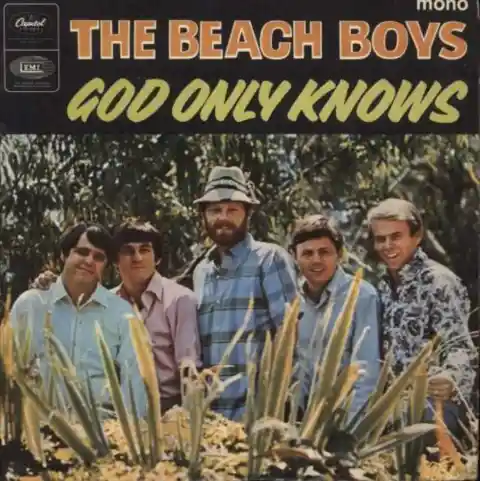
The song is rooted in spirituality, and Brian Wilson said that it came out of prayer sessions in the studio. The whole band even went to the extreme of calling it a “religious ceremony.” And they certainly gave the song a very perceptible heavenly feeling with the use of horns, sleigh bells and accordions.
‘Hey Ya!’ (2003) by Outkast
If fun could be a song, this would be its incarnation. Mixing funk, pop, rap and rock, “Hey Ya!” became the hymn of an entire generation. At every millennial party, you can hear it at one or more points of the night blasting through the speakers.
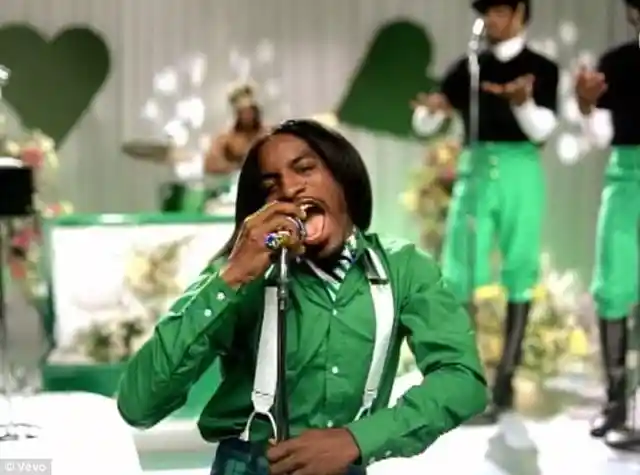
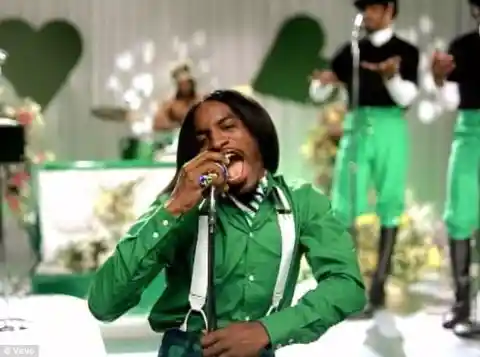
Even though the lyrics are quite sad and melancholy, people tend to dismiss them in order to have fun and dance all night. The song was the biggest pop smash of the early 2000s, and it was the first one to be downloaded on iTunes more than 1 million times.
‘Dreams’ (1977) by Fleetwood Mac
Written by the legendary Stevie Nicks, the lyrics to this song were made in about 10 minutes and the music in a day’s work. She wrote the song and music alone in the Record Plant used by Sly and the Family Stone.

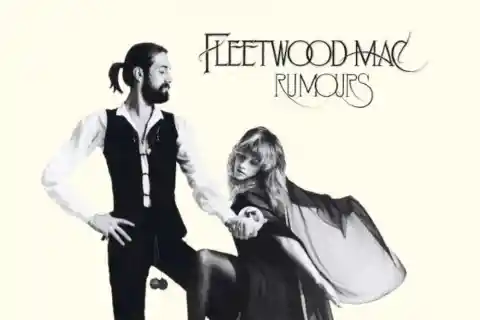
The piece was a reflection on how relationships, especially hers with Lindsey Buckingham, sometimes resemble forces of nature, like thunder and rain. This was the only song of the band that reached the U.S. top charts and continued to do so years later.
‘Get Ur Freak On’ (2001) by Missy Elliott
If you are a kid of the nineties and you have not listened to this hit record on the radio at least once, I’m sorry to tell you, but you were not born in the nineties. Missy Elliott and Timbaland came up with one of the wackiest and fun raps of all time, and they were only kids at that time.
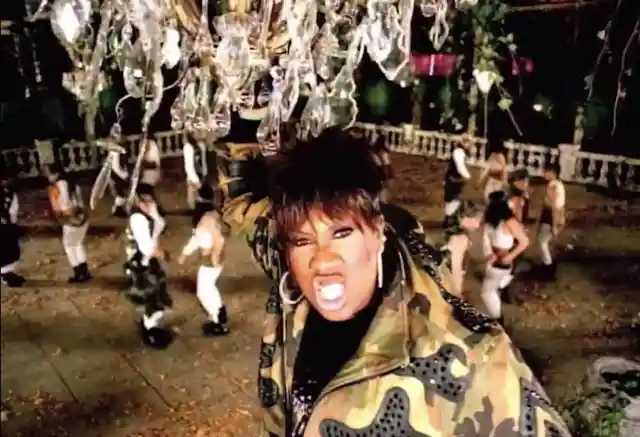
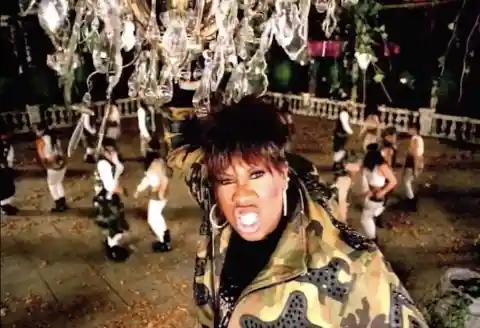
“Get ur freak on” was a cultural reset for everything rap in the 2000s. Missy and her music obeyed no rules set for female artists. She was innovative, avant-garde, and was not afraid of taking risks. That is why her music is so memorable.
‘Strawberry Fields Forever’ (1967) by The Beatles
This song changed how pop was perceived and made at the time. It made The Beatles enter a more psychedelic era and elevated the group’s status as legends. It was the first song recorded at the Sgt. Pepper sessions but it was cut out of the album so it could become a single.
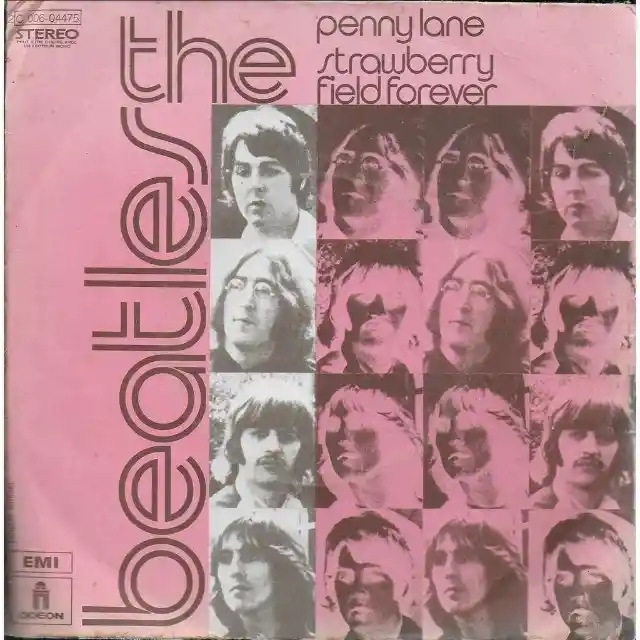

John Lennon wrote the song with an acoustic guitar at a Spanish beach. He wrote about childhood memories and the past. The title of the song refers both to the name of the orphanage he used to play at when he was a boy and represents one’s life goal.
‘What’s Going On’ (1971) by Marvin Gaye
When Marvin Gaye encountered this song, he was fighting an inner war with himself. He had ended up in an unhappy marriage with Anna Gordy, his boss’ sister, and had recently suffered the loss of his dear friend Tammi Terrell to a brain tumor.

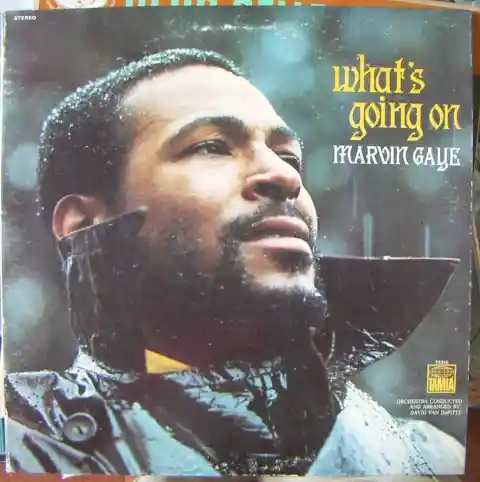
He also felt like a moving piece of machinery in his own band, Motown, and did not feel in creative control anymore. So, after seeing the lyrics written by Renaldo Benson, he was immediately confronted with a sense of closure in the distance. And then came the song.
‘Smells Like Teen Spirit’ (1991) by Nirvana
Kurt Cobain was indeed one of the greatest songwriters of the rock scene in the nineties, and this track shows that in detail. The angst of a rock ballad mixed with the sensibilities of a somewhat poppy tune shaped the decade in a surprising way.
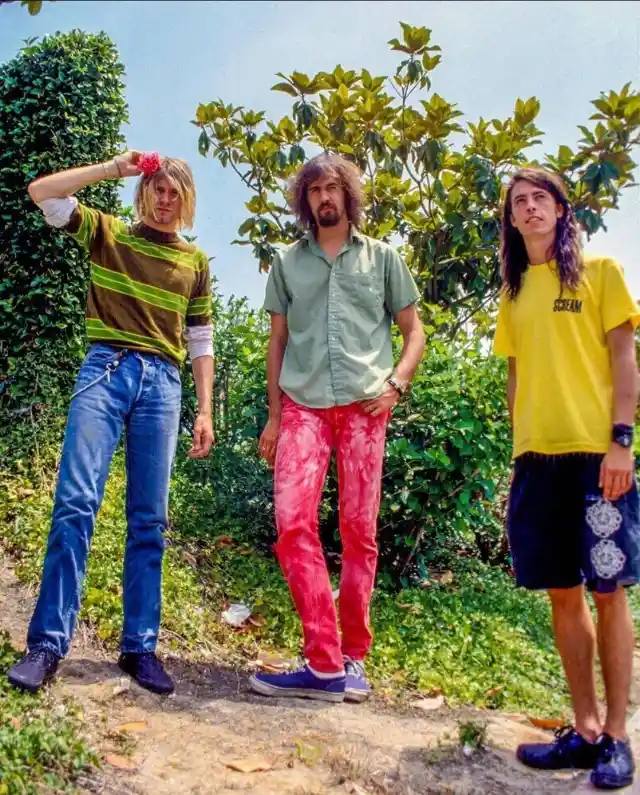

The band presented the song to producer Butch Vig on a boombox, having recorded it in a barn in Tacoma, Washington. Such was the success of the piece with mainstream audiences that it soon got Cobain tired of having to play it every night.
‘Like a Rolling Stone’ (1965) by Bob Dylan
After just having turned 24, Bob Dylan wrote and recorded the song in a very nonchalant fashion. He wasn’t expecting it to be one of the greatest hits of his career, but the world works in ways that we do not expect sometimes.
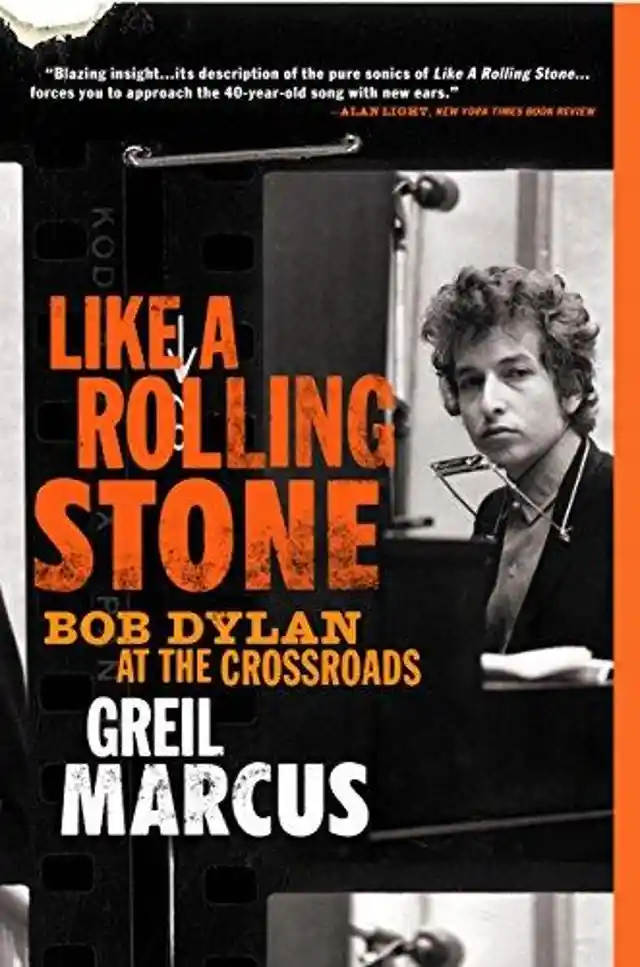
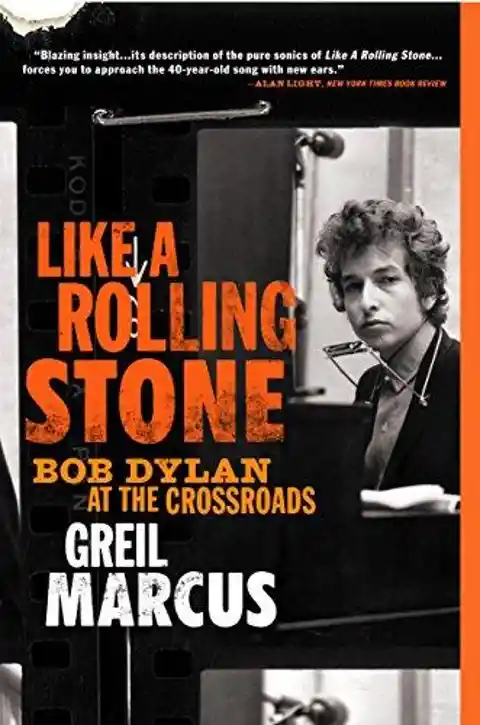
With the song, Dylan wanted to prove that everything he did was primarily rock & roll. That’s why he asked Mike Bloomfield to have a listen to it and polish it so it could be Dylan’s own and true sound. Nothing has been the same in the folk music scene ever since.
‘A Change Is Gonna Come’ (1964) by Sam Cooke
Known as America’s first great soul singer and one of the most successful ones in the nation, Cooke came upon Bob Dylan’s “Blowin’ in the Wind” and decided that he could make an answer to it from his experience.


His song had a complex orchestral arrangement by Rene Hall and a strong potent meaning. It talked about the injustices that the black folk suffered and a reflection on his son’s death a few months before. After the release of the song, Cooke was murdered in an L.A. motel, and this anthem rose to the top of the charts subsequently.
‘Fight the Power’ (1989) by Public Enemy
This track was more than just a song; it was a war cry from a past era bleeding into the present. It became a revolutionary anthem for the black community in the eighties, and it signaled the beginning of a more profound change.
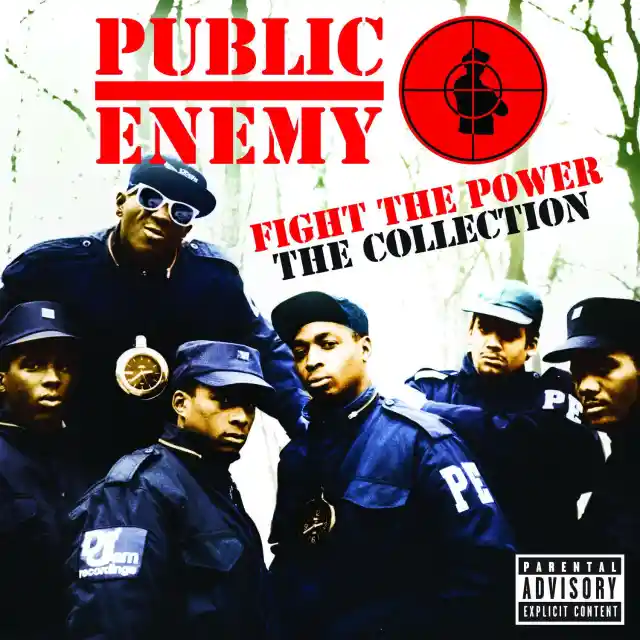
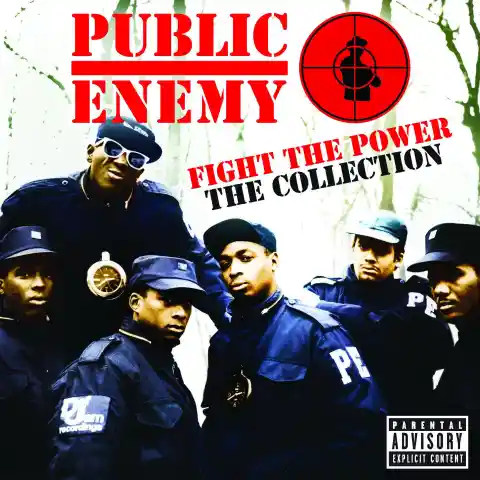
The title was borrowed from the Isley Brothers' song with the same name and redefined into a more aggressive piece, standing up against white supremacy. It also was requested as part of the soundtrack of the movie Do the Right Thing by Spike Lee and became a central part of it.
‘Respect’ (1967) by Aretha Franklin
The song was originally written and performed by Ottis Redding in 1965. However, Aretha was so impactful and such a cultural reset in her interpretation of the song that, for all concerns, she was the rightful owner in the end.
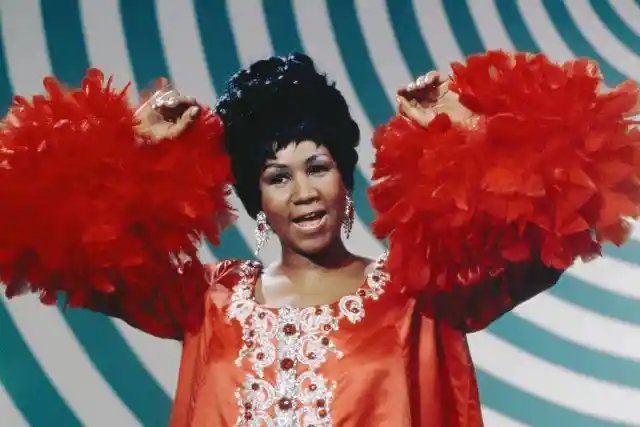

“Respect” talks about demanding the same rights as the white man, not only as a member of the black community but also as a woman. Aretha sang with such conviction that the respect she demanded for the song became a fact, not a request. This song ended up being her first Number One record.